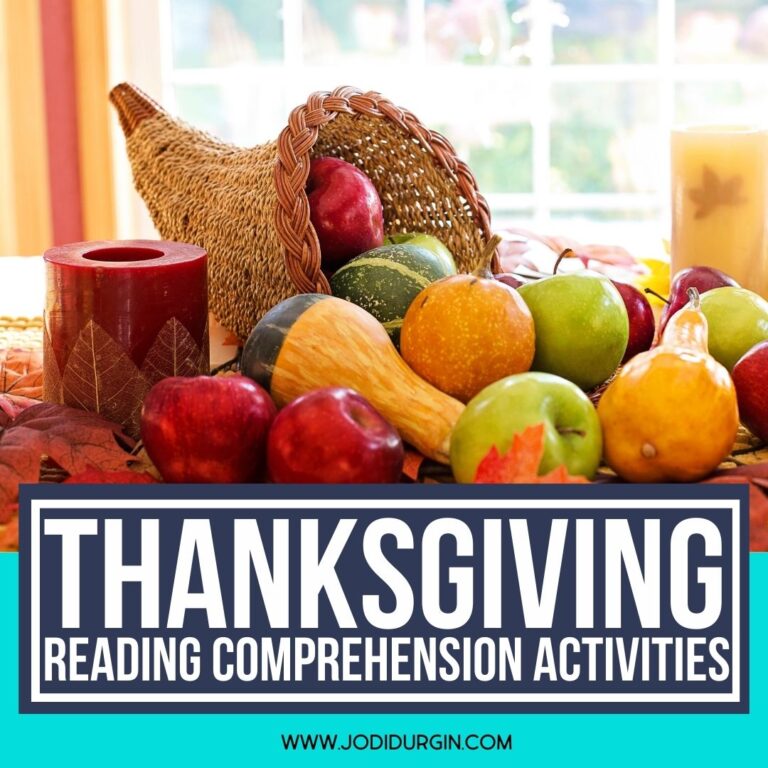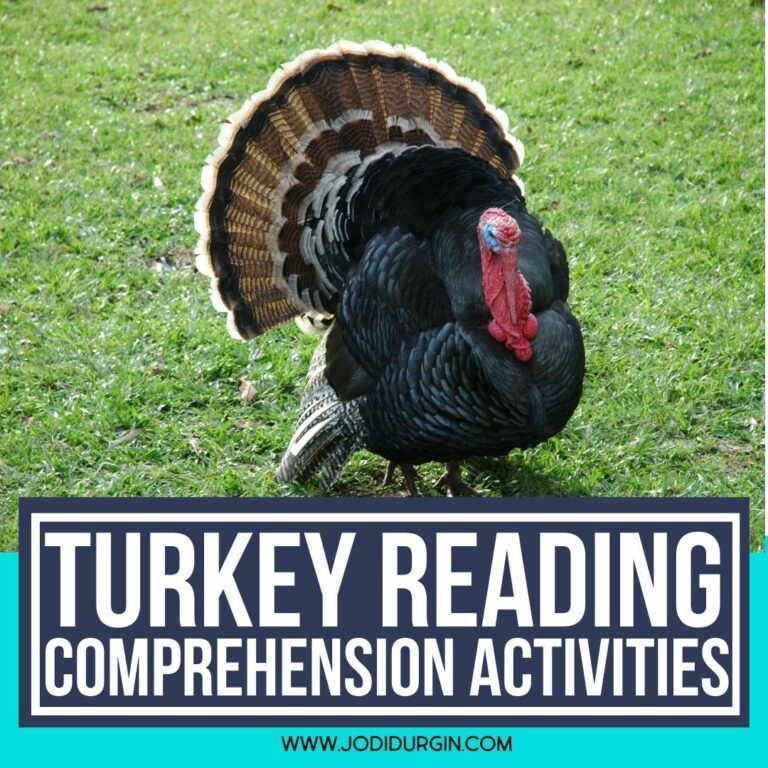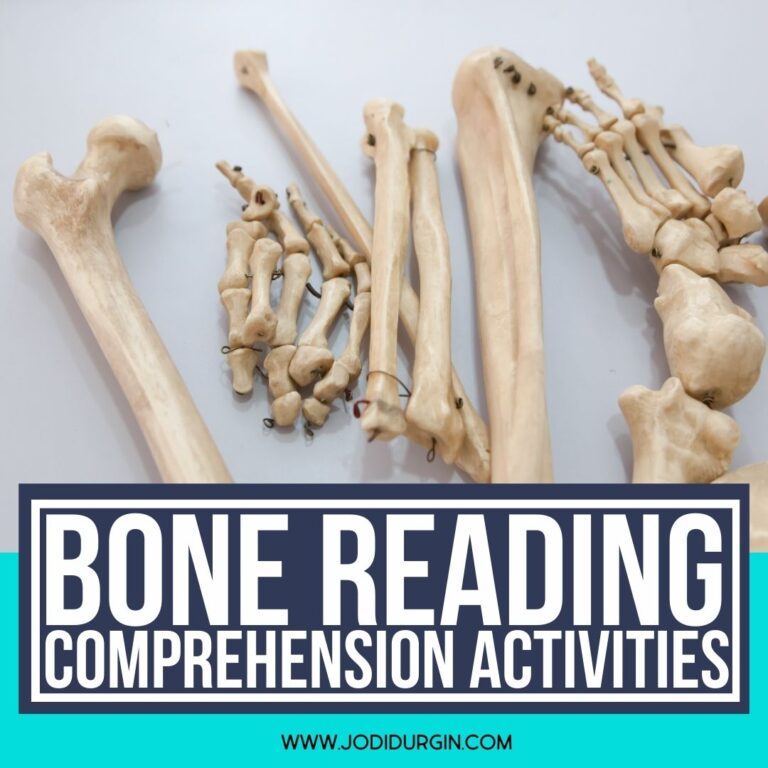At this point, we have discussed Scarborough’s Rope as it relates to reading development. We know the different strands, but how do they intertwine as our students get older? Does the Science of Reading shed any light to upper elementary reading? If you are curious, read on to learn about literacy with upper grades.
4 Things the Science of Reading Says about Upper Elementary Reading
Below are 4 things the Science of Reading says about upper elementary reading instruction.
1. Word Study
Phonics skills do not stop after we master the syllable types. In upper grades, students will continue to learn affixes, word morphology, and inflectional endings. Ask your administration what scope and sequence you follow for Word Study to ensure vertical alignment between grades. It is imperative that we continue to teach word attack skills in the upper grades to promote flexible thinking, reading fluency, and comprehension.
2. Vocabulary
In upper grades, students switch from learning to read to reading to learn. Vocabulary is imperative to our future professions! Separate vocabulary into three tiers to support acquisition: Common Words, Academic Words, and Domain Specific Words. The more robust student vocabulary is, the higher their lexicon and richer their writing will be!
3. Fluency
Even if students have mastered the basic phonics patterns, they must practice their reading fluency. In these years, be sure to teach students about tone, expression, and prosody. Each of these factors help build our fluency! You can put on plays, read scripts, and have partner reads to address these skills.
4. Comprehension
Comprehension is key in the upper elementary grades! Teach students how to inference, predict, ask questions, visualize, and make connections while reading. It is also important to identify the why of what they read. What is the author’s purpose? What is even their purpose as audience members? Are they reading to be entertained, or to learn something new? Knowing the why supports independence when students choose reading material.
5 Tips to Keep Upper Grades Engaged with Reading
Below are 5 tips for keeping upper elementary students engaged in reading.
1. Self-Select Books
Encourage students to find just right books for them based on their ability, but also their interests and curiosity. Have time dedicated to inquiry circles in the classroom where students can mix comprehension and collaboration.
2. Have an Inclusive Library
We know it can be hard to find space for a classroom library! However, by having access to print, students feel more comfortable and encouraged to read. As classrooms have such diverse readers, there are many decodable chapter books that can be included in your library! Check out Dog on a Log chapter books, Simple Words books, and High Noon books for more ideas!
3. Read to Them
Read alouds are not just for the younger grades! Practice listening comprehension skills as you read stories to students. This also provides access for those not on grade-level with word study some great comprehension exposure.
4. Centers
Students are never too old for centers. By providing rotations, students can practice organizational and time management skills, along with interacting with heterogeneous grouping. Students can use technology apps, read kid magazines, and practice independent reading.
5. Grammar
In the upper grades, students need to understand and apply grammar rules! These skills can be taught whole-group, as they are typically novel skills for most students. Depending on the grade, students will need to know sentence types, contractions, and parts of speech.
In closing, we hope you found this post about science of reading as it relates to upper elementary reading instruction helpful. If you did, then you may also find this post helpful:




